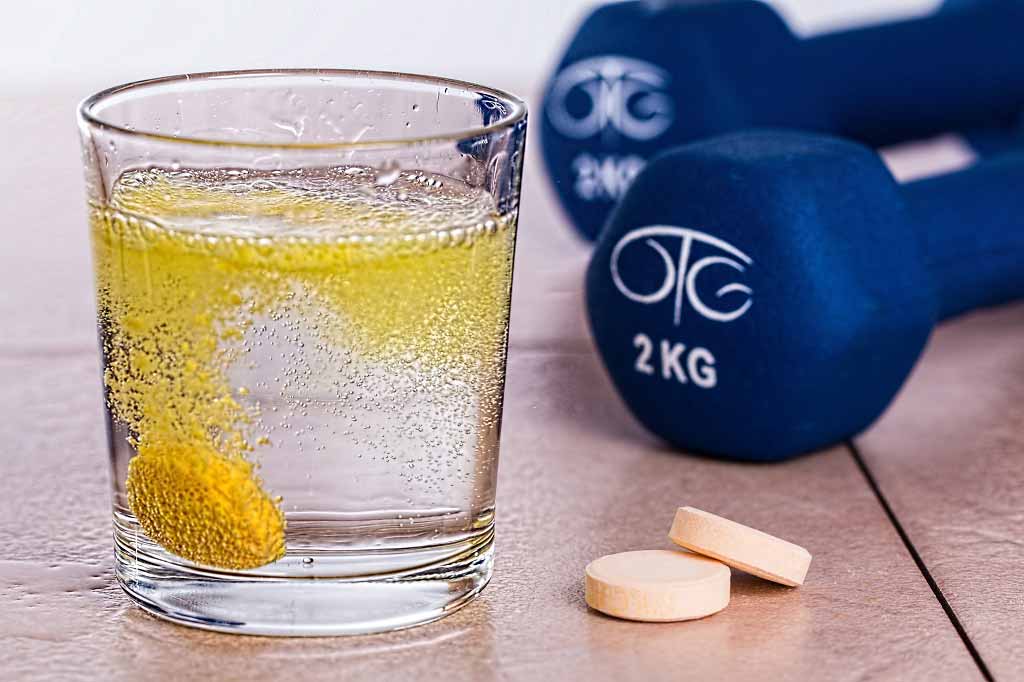Coral studied for sunscreen abilities
Food and diet
The Daily Express reported today that a “pill that stops you getting sunburn” could “prevent thousands of skin cancer deaths” and be “widely available in the UK within five years”.
The Daily Express reported today that a “pill that stops you getting sunburn” could “prevent thousands of skin cancer deaths” and be “widely available in the UK within five years”.
This story is based on continuing research into the processes that corals use to protect themselves from damaging ultraviolet (UV) rays. Corals, and the algae that live inside them, produce compounds that protect them from the sun. The researchers examined these compounds, and believe that they can be used to develop a new type of sunscreen for humans.
This research is in its very early stages, and the compounds will still need to go through extensive laboratory and human testing before any such product might become available. The newspaper reports are based on a discovery reported in a press release, rather than on published research. As such, there is not enough detail available to judge the appropriateness of the methods that were used or the accuracy of the media reports. Further studies are needed to test the plausibility of developing a pill or lotion from this compound, the effectiveness of such a product in protecting people from UV rays and the safety of the potential product for human use.
Where did the story come from?
This is continuing research being carried out by researchers from King’s College London, the Australian Institute for Marine Science and the University of Maine in the US. The project is being funded by the Biotechnology and Biological Science Research Council.
The discovery of the natural compounds in the coral was described in a press release, but details have not yet been published in a peer-reviewed journal.
In general, the media did not place enough emphasis on the preliminary nature of this research, and tended to treat the study as well established and nearly complete. The different news reports were contradictory and seemingly speculative, with the Daily Express reporting that a “tablet would be available without a prescription and would be no more expensive than a sunblock”, and The Daily Telegraph and_ The Guardian_ reporting that a prescription would most likely be needed. The Daily Telegraph , however, did appropriately report that the widely quoted five-year timeline for a sunscreen pill is dependent on the research progressing as researchers hope it will.
What kind of research was this?
This was a field research project, during which the researchers collected coral samples from Australia’s Great Barrier Reef. The researchers studied the coral, and the algae that live inside it, to identify a compound they believe to be responsible for protecting the organisms from damage from the sun’s rays.
It is difficult to say, based on the press release, what methods the researchers used to isolate and examine this compound.
What did the research involve?
The researchers collected samples from the Great Barrier Reef and studied the processes the coral uses to protect itself, and the algae that live inside it, from the sun.
After identifying the compound they believe to be responsible for this protection, the researchers say they plan to recreate the compound in the lab and test its ability to protect human skin from UV damage. The researchers point out that they would be unable to harvest the coral as a source of the compound as it is an endangered species.
Based on the press release alone, it is not possible to say what stage the researchers have reached in the laboratory phase of the study.
What were the basic results?
The results of the study so far are limited, and it does not seem that intensive laboratory-based research has begun yet. The researchers say that “the algae living within the coral makes a compound that we think is transported to the coral, which then modifies it into a sunscreen for the benefit of both the coral and the algae”. They say that, as there is some evidence that this compound protects the algae, coral and the fish that feed on them, this suggests that the compound is “passed up the food chain”.
How did the researchers interpret the results?
Now that they have identified the compound that they believe to be responsible for protecting coral and algae from UV rays, the researchers plan to reproduce the compound in the laboratory and begin testing its ability to offer similar protection to humans.
The researchers also say that it may be possible to modify the pathway used by these corals to produce this compound, called the ‘shikimate pathway’ and generate crops that are able to withstand exposure to UV light. The researchers say this could enable crop plants that currently grow in temperate climates to survive in more tropical climates.
Conclusion
This is an interesting study on the ability of animals to protect themselves from damaging UV light. However, it is important to remember that this research is in very early stages, and it is not certain how far the laboratory-based phase of the research has progressed. It is not yet clear whether researchers will be able to reproduce the compound in the laboratory, whether the compound will be effective at protecting humans from UV rays or whether it will be safe for human use. Coral is an animal with a very different physiology and biology from humans, and it is not clear that the compound will be as effective in humans as it appears to be in the coral.
The transition from laboratory to human research to drug development is long and intensive. Before a sunscreen pill is developed, the researchers will need to reproduce the compound in the laboratory, and demonstrate its effectiveness and safety in this setting before moving on to preliminary studies in humans. We are still a long way away from turning this compound that seems to offer sea creatures protection from UV rays into a pill or lotion that offers similar protection to humans.
It is important that people take steps to protect themselves from damaging UV rays, which can increase the risk of skin cancer. For more information read our Live Well pages on sun health, which offer advice on the best way to protect your skin from damage.






 Subscribe
Subscribe Ask the doctor
Ask the doctor Rate this article
Rate this article Find products
Find products







